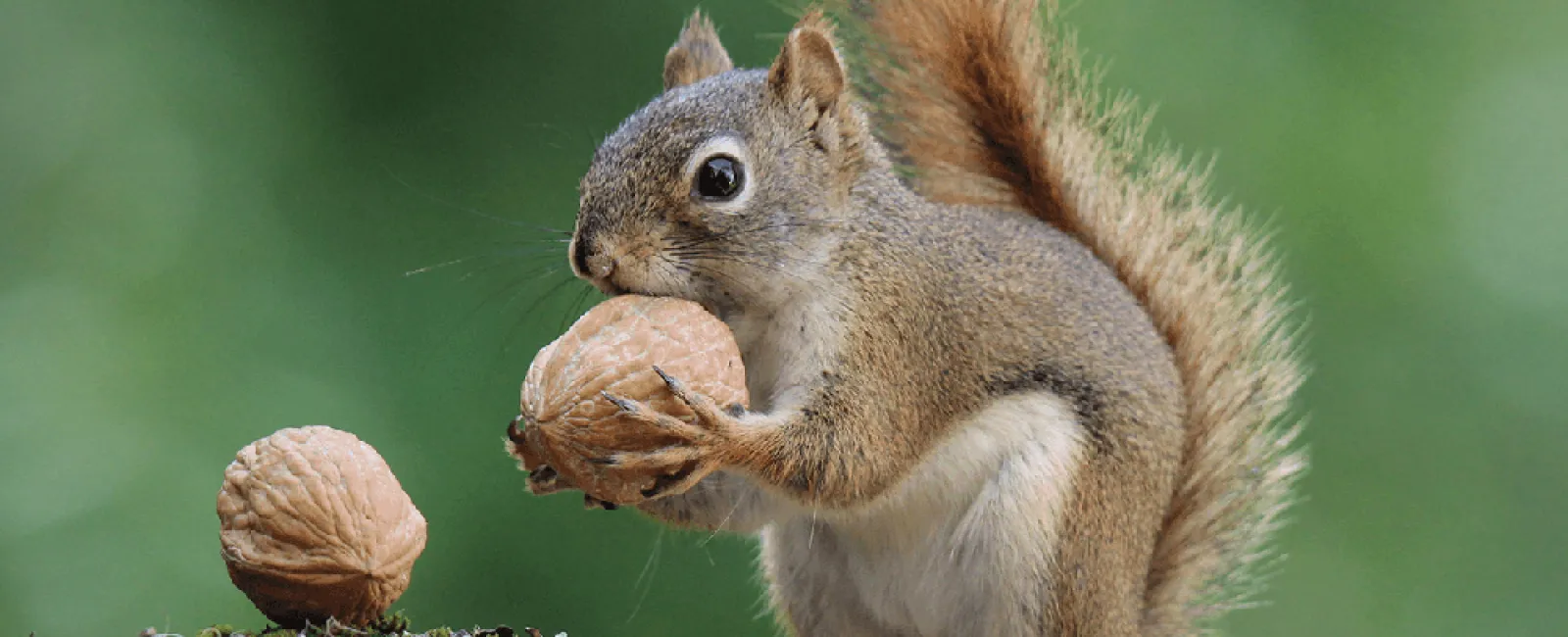If you’ve ever heard the scampering of little paws in your walls or from your attic, you know how important it is to make sure to kick the wildlife out and then make sure they stay out. Wildlife exclusion is an important part of any animal pest control; the harder you make it for wildlife to get in, the less likely they are to cause problems in your home.
Evacuate the Building
Before starting any wildlife exclusion program, make sure every single critter is out of your home or has a one-way door to get out. You do NOT want to find a rotting carcass down the line because you goofed and left a wild animal in your home. Dead animals can create a powerful stench that can be difficult to source, and you can’t guarantee that the animal won’t die somewhere inconvenient, like inside your walls.
Take Away the Food
Wild birds are fun to watch, but their bird seed can attract all kinds of animals, especially rodents. Remove any bird seed and feeders from near your house. If you simply must keep bird seed around, put it far away from your home in the yard to draw wildlife away from your home. Likewise, don’t leave out pet food. If you must feed Fido or Fluffy outside, be sure to use scheduled feeding and remove any leftover food within a few minutes.
It’s also wise to keep the food inside your home tightly stored so that any potential intruders cannot access it. Sealed plastic, metal or glass storage containers can be very effective at preventing hungry rodents from being able to access your family’s food. Keep pet kibble stored in a metal bin with a screw-on lid for extra protection, and empty pet dishes once your pet is done with their meal.
Take Away the Easy Paths
Cover obvious openings to your home like chimneys and vents. Adding extra metal screening can help to block critters from accessing your home. Remove any branches or trees that are near your house. Squirrels can jump between 10 and 12 ft, so keep that in mind when trimming back branches. Move shrubbery away from your home, leaving a gap between bushes and your foundation to reduce hiding areas near your home and the chance of the bushes creating holes in your foundation.
Give the Animals an Alternative
Part of why pests enter our homes is that they have nowhere else to go to be safe. You can help them out while helping keep your home safe by setting up shelters in locations where you are OK with animals staying. Consider putting up squirrel nesting boxes, bat houses, and birdhouses around your property to let the wildlife in your yard have a safe and easy place to take shelter. There’s no way to get rid of all of the wildlife in your yard, so it is best to keep them where you want them.
Bring In a Professional
Eventually, it may be time to bring in the big guns: a professional wildlife exclusion team. It is nearly impossible for you to be able to spot all of the possible entry points to your house. Considering that mice and bats can enter your home through holes no bigger than 1/4 inch, it would take you forever to try to find and block these holes yourself. A professional wildlife exclusion team can ensure that your home is invulnerable to animal entry.

